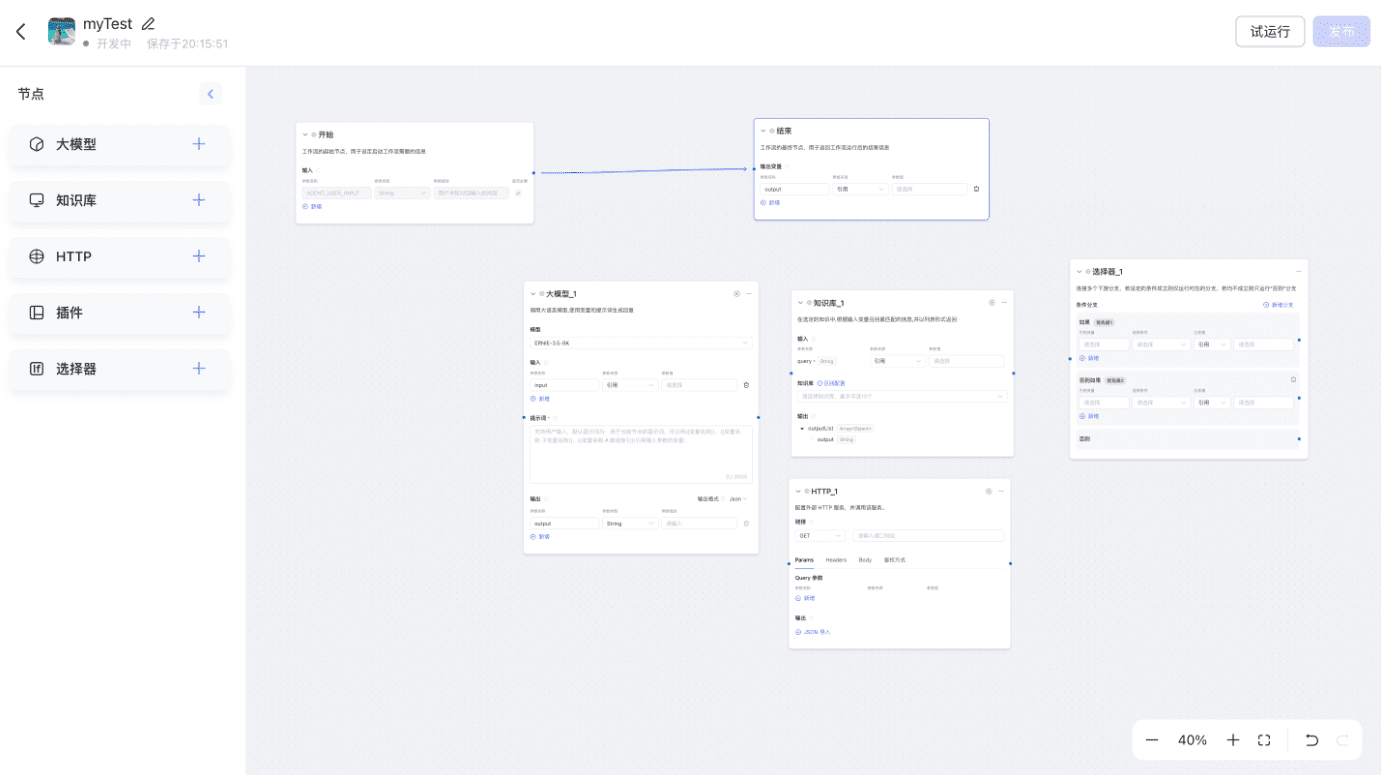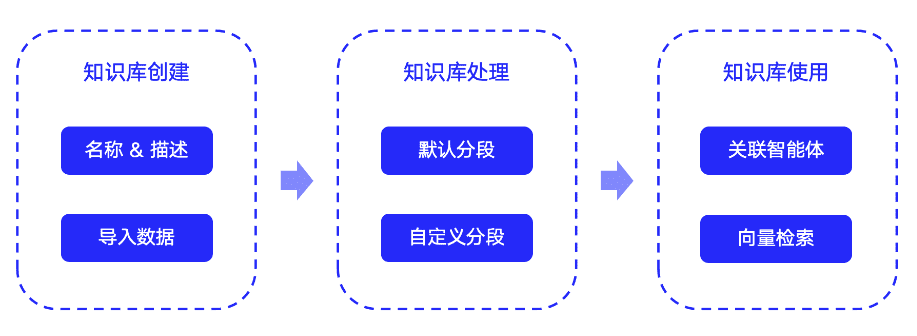International Business Localization - The Ultimate Marketing Copy ChatGPT Prompts
Can you develop an international marketing strategy to adapt my brand and message to different cultural and linguistic environments? How can I best localize my website, social media and advertising campaigns to resonate with my target audience in different countries? How can I utilize international marketing to expand my brand's reach and make a difference from new...

















